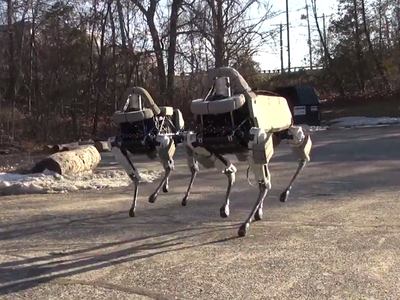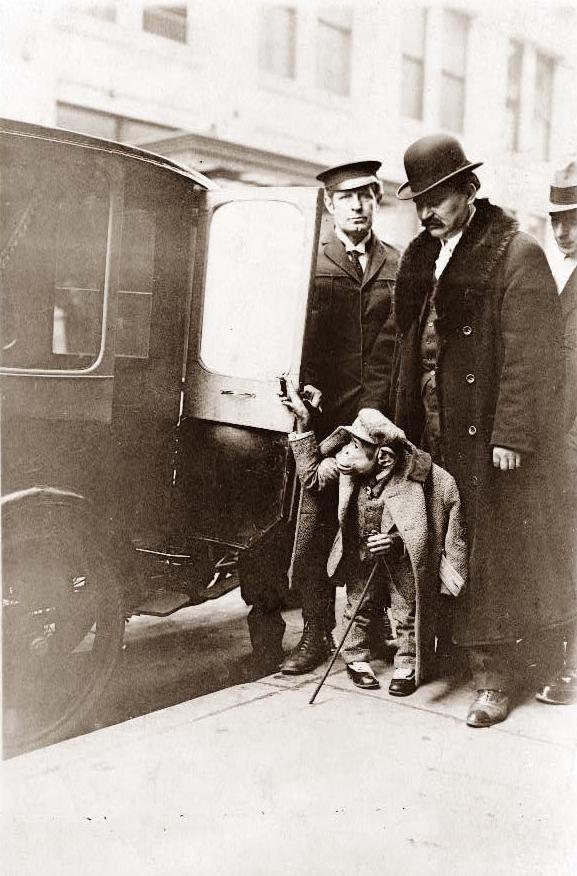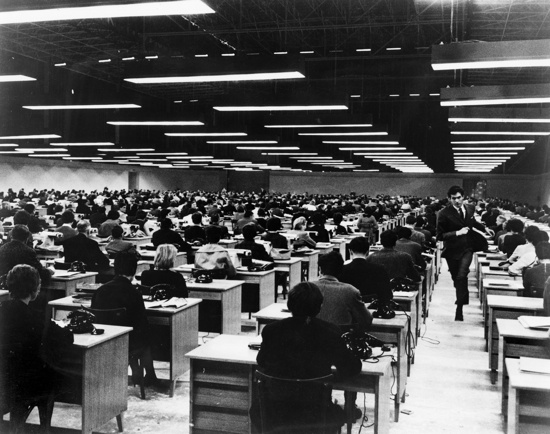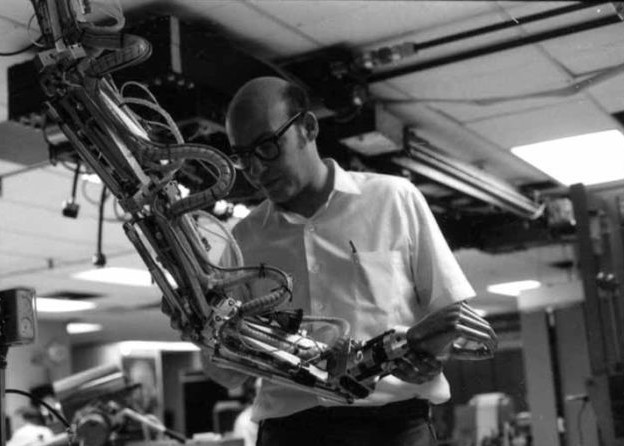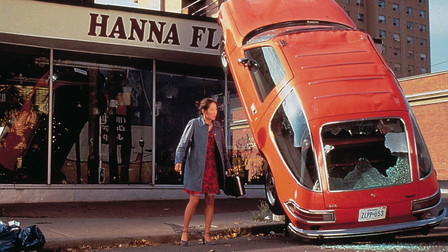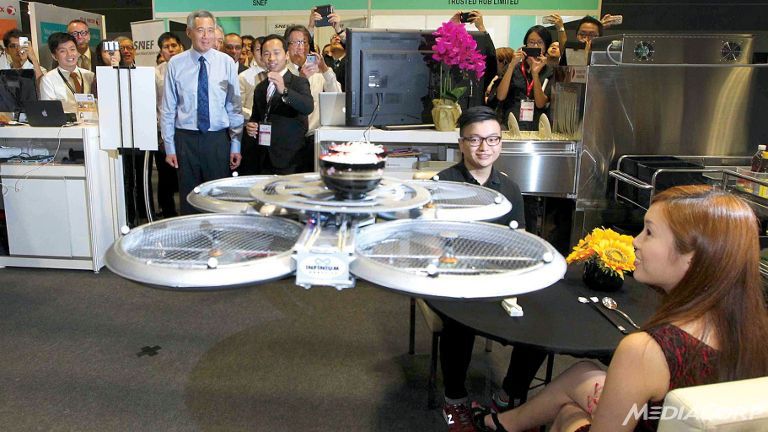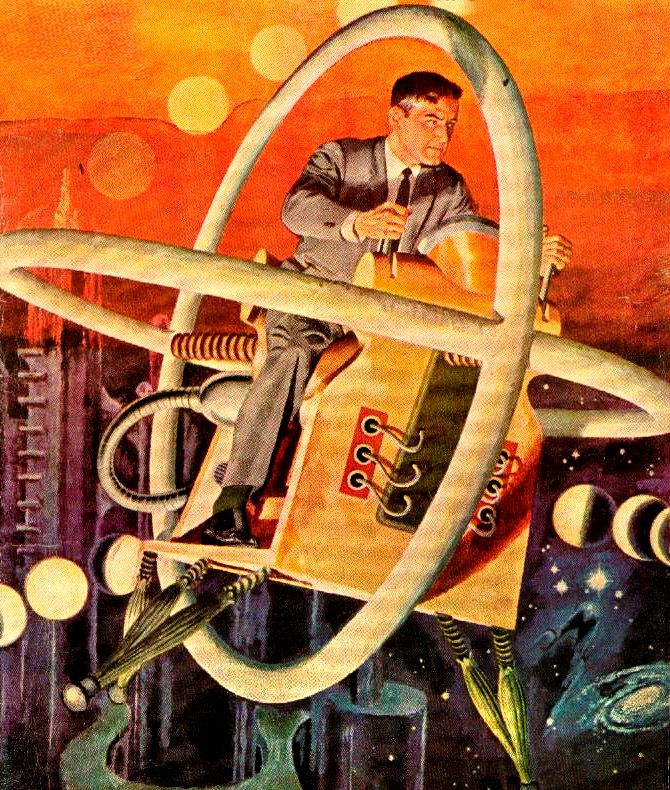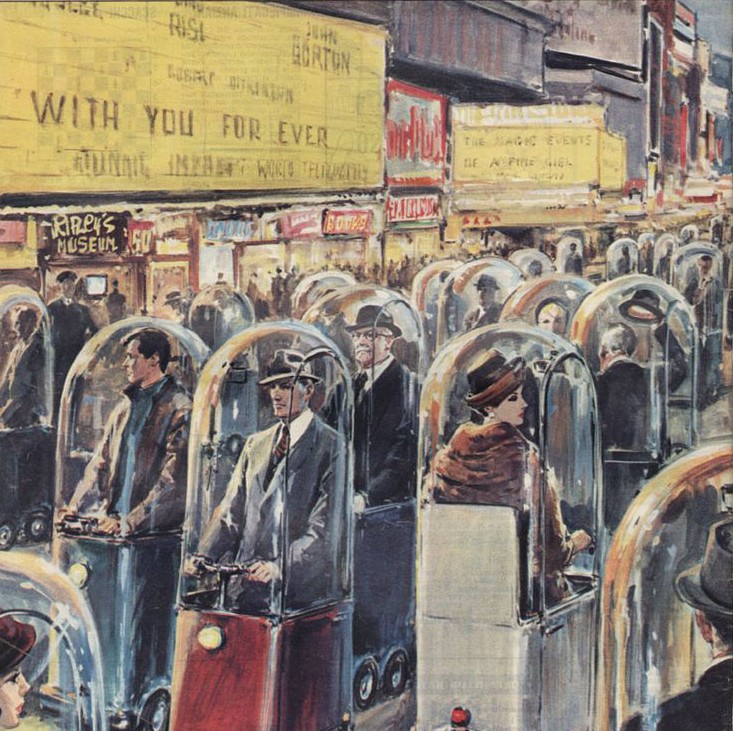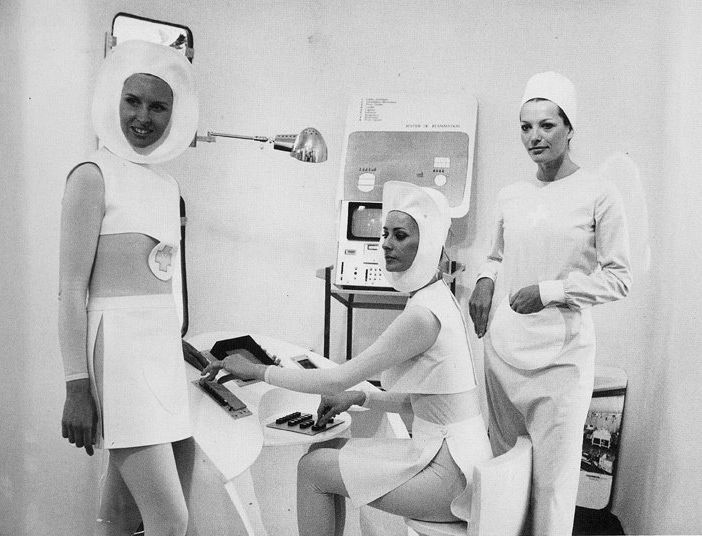
Excerpts follow from a pair of 1990s interviews with Artificial Intelligence pioneer Marvin Minsky. I wonder how much he’s changed his mind one way or another about AI as he enters his 88th year.
_____________________________
From Claudia Dreifus’ 1998 NYT article:
Question:
How do you define common sense?
Marvin Minsky:
Common sense is knowing maybe 30 or 50 million things about the world and having them represented so that when something happens, you can make analogies with others. If you have common sense, you don’t classify the things literally; you store them by what they are useful for or what they remind us of. For instance, I can see that suitcase (over there in a corner) as something to stand on to change a light bulb as opposed to something to carry things in.
Question:
Could you get machines to the point where they can deal with the intangibles of humanness?
Marvin Minsky:
It’s very tangible, what I’m talking about. For example, you can push something with a stick, but you can’t pull it. You can pull something with a string, but you can’t push it. That’s common sense. And no computer knows it. Right now, I’m writing a book, a sequel to The Society of Mind, and I am looking at some of this. What is pain? What is common sense? What is falling in love?
Question:
What is love?
Marvin Minsky:
Well, what are emotions? Emotions are big switches, and there are hundreds of these. . . . If you look at a book about the brain, the brain just looks like switches. . . . You can think of the brain as a big supermarket of goodies that you can use for different purposes. Falling in love is turning on some 20 or 30 or these and turning a lot of the others off. It’s some particular arrangement. To understand it, one has to get some theory of what are the resources in the brain, what kind of arrangements are compatible and what happens when you turn several on and they get into conflict. Being angry is another collection of switches. In this book, I’m trying to give examples of how these things work.
Question:
In the 1968 Stanley Kubrick film 2001: A Space Odyssey, a computer named Hal developed a lethal jealousy of his space companion, a human astronaut. How far are we away from a jealous machine?
Marvin Minsky:
We could be five minutes from it, but it would be so stupid that we couldn’t tell. Though Hal is fiction, why shouldn’t he be jealous? There’s an argument between my friend John McCarthy and me because he thinks you could make smart machines that don’t have any humanlike emotions. But I think you’re going to have to go to great lengths to prevent them from having some acquisitiveness and the need to control things. Because to solve a problem, you have to have the resources and if there are limited resources . . .
Question:
Where were Stanley Kubrick and his co-author, Arthur C. Clarke, right with their 2001: Space Odyssey predictions?
Marvin Minsky:
On just about everything except for the date. It’s quite a remarkable piece.
Question:
Do you believe the National Aeronautics and Space Administration wastes money by insisting on humans for space exploration?
Marvin Minsky:
It’s not that they waste money. It’s that they waste ALL the money.
Question:
If you were heading NASA, how would you run it?
Marvin Minsky:
I would have a space station, but it would be unmanned. And we would throw some robots up there that are not intelligent, but just controlled through teleoperators and you could sort of feel what’s doing. Then, we could build telescopes and all sorts of things and perhaps explore the moon and Mars by remote control. Nobody’s thought of much use for space. The clearest use is building enormous telescopes to see the rest of the universe.•
_____________________________
From Otto Laske’s 1991 AAAI Press interview:
Otto Laske:
I hear you are writing a science fiction novel. Is that your first such work?
Marvin Minsky:
Well, yes, it is, and it is something I would not have tried to do alone. It is a spy-adventure techno-thriller that I am writing together with my co-author Harry Harrison. Harry did most of the plotting and invention of characters, while I invented new brain science and AI technology for the next century.
Otto Laske:
At what point in time is the novel situated?
Marvin Minsky:
It’s set in the year 2023.
Otto Laske:
I may just be alive to experience it, then …
Marvin Minsky:
Certainly. And furthermore, if the ideas of the story come true, then anyone who manages to live until then may have the opportunity to live forevermore…
Otto Laske:
How wonderful …
Marvin Minsky:
… because the book is about ways to read out the contents of a person’s brain, and then download those contents into more reliable hardware, free from decay and disease. If you have enough money…
Otto Laske:
That’s a very American footnote …
Marvin Minsky:
Well, it’s also a very Darwinian concept.
Otto Laske:
Yes, of course.
Marvin Minsky:
There isn’t room for every possible being in this finite universe, so, we have to be selective …
Otto Laske:
And who selects, or what is the selective mechanism?
Marvin Minsky:
Well, normally one selects by fighting. Perhaps somebody will invent a better way. Otherwise, you have to have a committee …
Otto Laske:
That’s worse than fighting, I think.•

